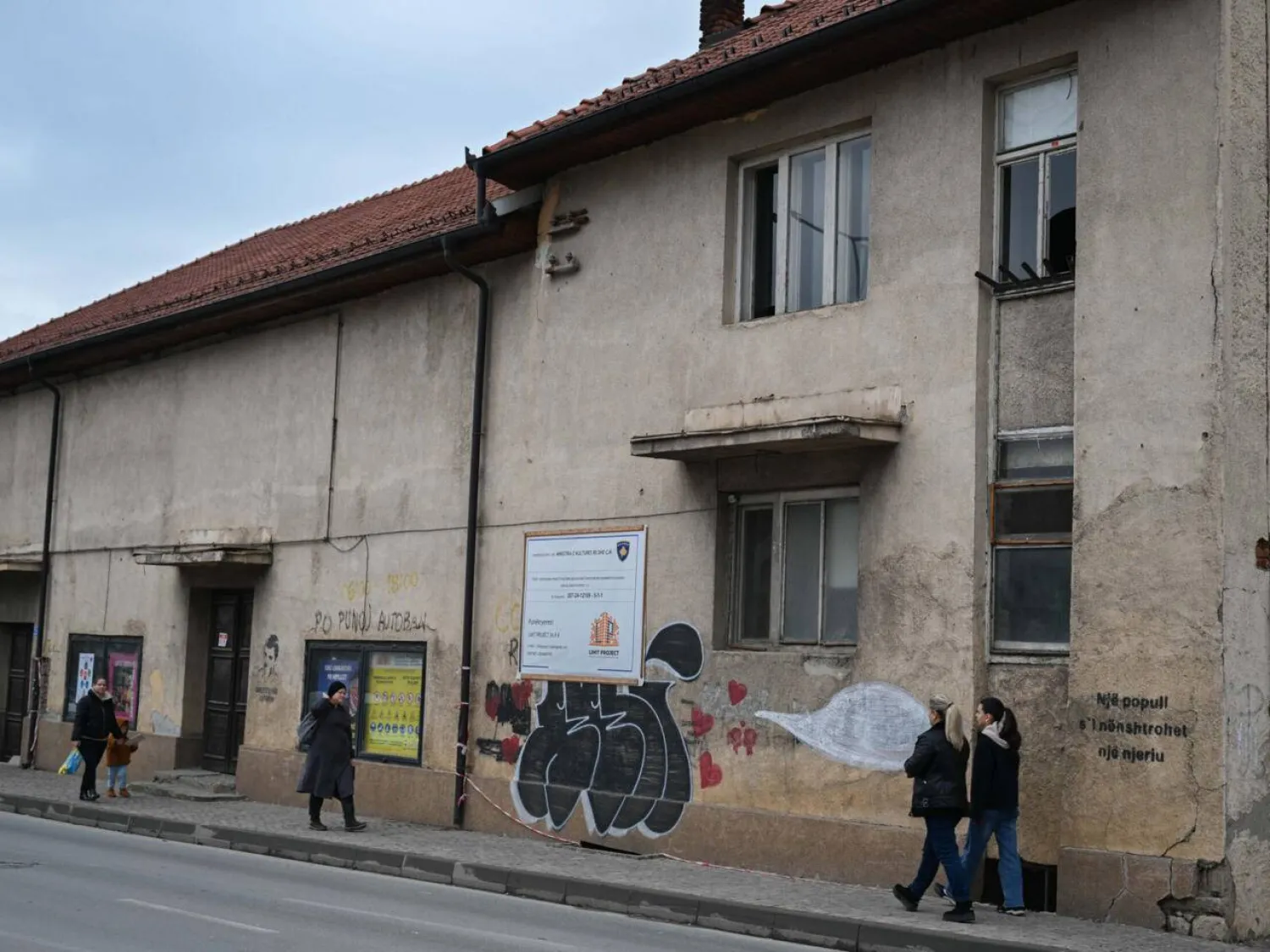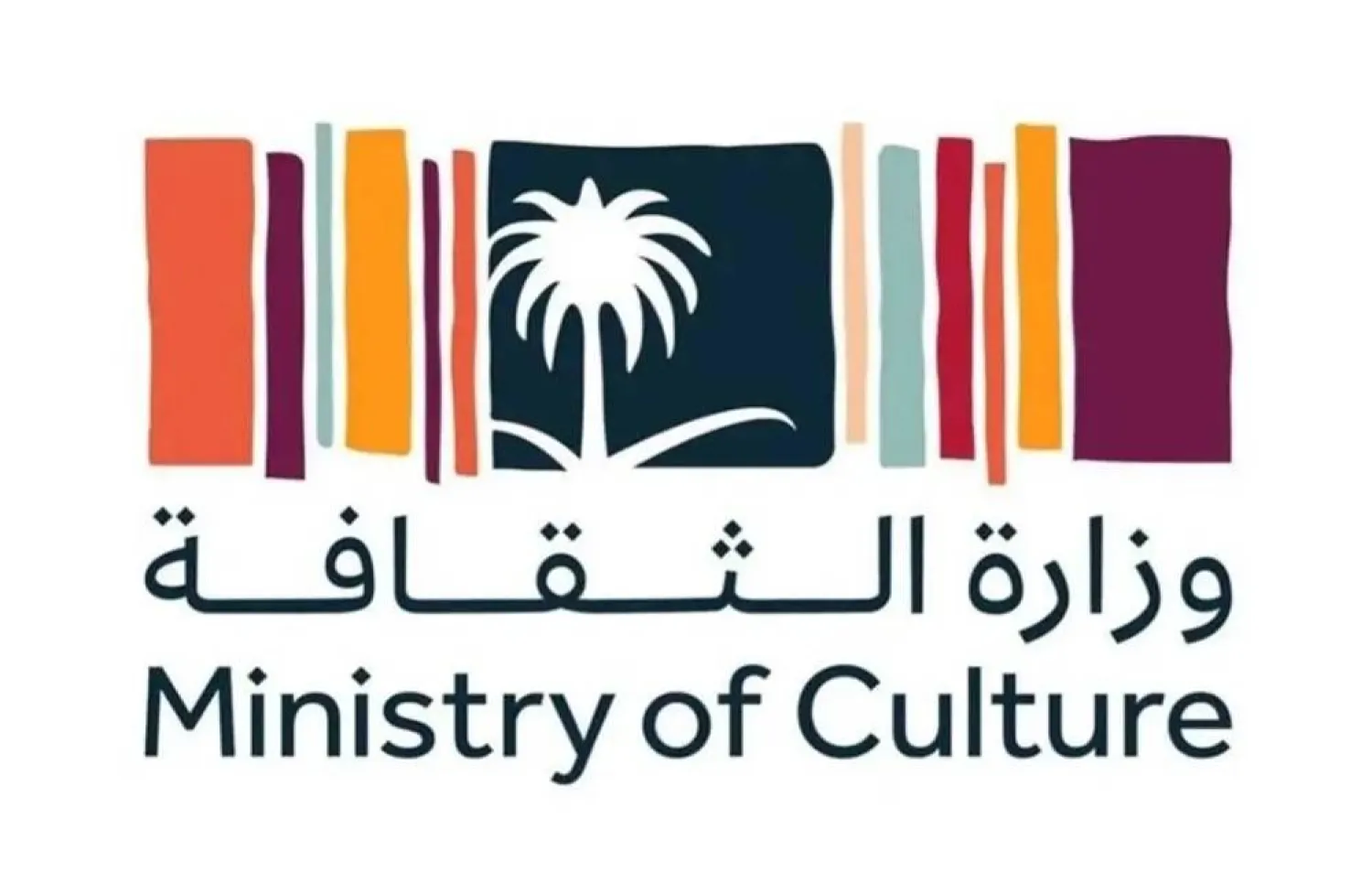Design Space AlUla, a regional center dedicated to celebrating the works of local and international designers, has showcased modern design at Milan Design Week, that concludes Sunday 21.
The exhibition features, among others, projects from the thriving design center that has ambitious plans for the creative industries.
Among the exhibited works are recent projects from the first Arts and Design Center, Madrasat Addeera.
Participating artists from around the world contribute to the diverse collection. Saudi artist Dr. Zahrah Alghamdi's piece titled "Gharameel" draws inspiration from AlUla's distinctive rock formations. Argentine artist Cristian Mohaded's work, named "AlWaha", captures the essence of the desert dunes and palm-filled oases. The Spanish duo "TAKK's Duna" presents the Seating Dune, a versatile relaxation space inspired by the enchanting AlUla desert. TECHNOCrafts, a Spanish design studio, showcases "Alwadiya: The Living Pots", a self-sustaining system that mirrors the natural cycles of AlUla's lush oasis.
Additionally, the exhibition showcases designs from the AlUla Design Residency program. Highlights include "Peculiar Erosions" by artist Leo Orta, inspired by AlUla's mud-brick architecture and unique geology. "From Debris", by Raw Materials, reimagines local historical instruments with materials from the oasis. Architect Leen Ajlan presents "Takki", a modern reinterpretation of traditional recreational spaces. Hall Haus introduces "Haus Dari", a contemporary take on traditional cushions and diwans. "Surface", by Bahraini-Danish architecture firm, is a flexible steel divider facilitating interaction or serving as a screen or curtain.
Executive Director of Arts and Creative Industries at the Royal Commission for AlUla (RCU) Nora Aldabal highlighted the significance of the design initiatives at AlUla.
"Our growing design initiatives reflect the ongoing development of AlUla as a hub for traditional design, arts, and innovation,” she said.
“These initiatives celebrate the region's cultural heritage, local materials, and natural history. The exhibited works represent the evolving aesthetics of design in AlUla, capturing the inspiration and continuous dialogue nurtured by our destination, embracing diverse cultures and artistic disciplines."









